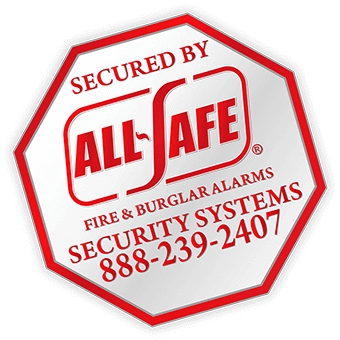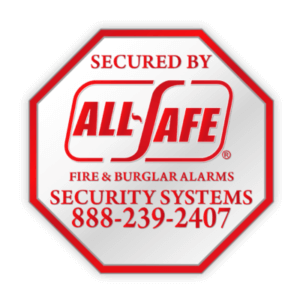- Inspection Reminders: Our computer system keeps track of all your system information so you never have to worry about missing an inspection
- DOT Facility: We can perform recharging, 6-year internal inspection or hydrostatic testing services.
- Large Inventory: We always have a large stock of fire extinguishers ready to ensure service and delivery when and where you need it.

How to Choose a Fire Extinguisher for a Home
Below are minimum recommendations for the home from the National Fire Protection Association (NFPA).
- Step 1: Choose primary extinguishers for your home. These include solutions for your living area and garage or workshop, and they’re pieces of equipment that you absolutely must have according to the NFPA.
- Living area – For your main home protection, install a 2-A: 10-B:C rated living area unit on every level of your home. No more than 40 feet apart. Class A-B-C
- Garage/Workshop – Due to volumes of flammable liquids in the garage, you should install a higher rated unit such as the 3-A:40:B-C Garage/Workshop unit. Class A-B-C
- Step 2: Choose supplementary extinguishers for your kitchen and areas with a higher likelihood of electrical equipment fires. These are not required, but are highly recommended.
- Kitchen – The kitchen is the likeliest place you will have a fire. Protect your home with a 711A extinguisher in the kitchen area.
- Electrical – Ideal for tackling fires involving energized electrical equipment with a rating of 1-A: 10-B:C. Class B-C
How to Choose a Fire Extinguisher for a Business
Below are the minimum business recommendations from the National Fire Protection Association Standard for Portable Fire Extinguishers (NFPA 10). Many cities and states require fire extinguishers with a minimum UL rating of 2-A:10-B:C in buildings. Check with your local fire authorities for the building code requirements in your area.
- This is the Low Hazards (PRO 210) – A 2-A: 10-B:C rated rechargeable unit. For offices, churches, assembly halls, classrooms and hotel guest areas. Class A-B-C1st item
- Medium Hazards (PRO 340) – A 3-A:40-B:C rated rechargeable unit. For light manufacturing facilities, dining areas, auto showrooms, parking garages and storage areas. Class A-B-C
- High Hazards (PRO 460) – A 4-A:60-B:C rated rechargeable unit. For manufacturing facilities with processes involving flammable liquids, boat and vehicle services, and woodworking processes. Class A-B-C




